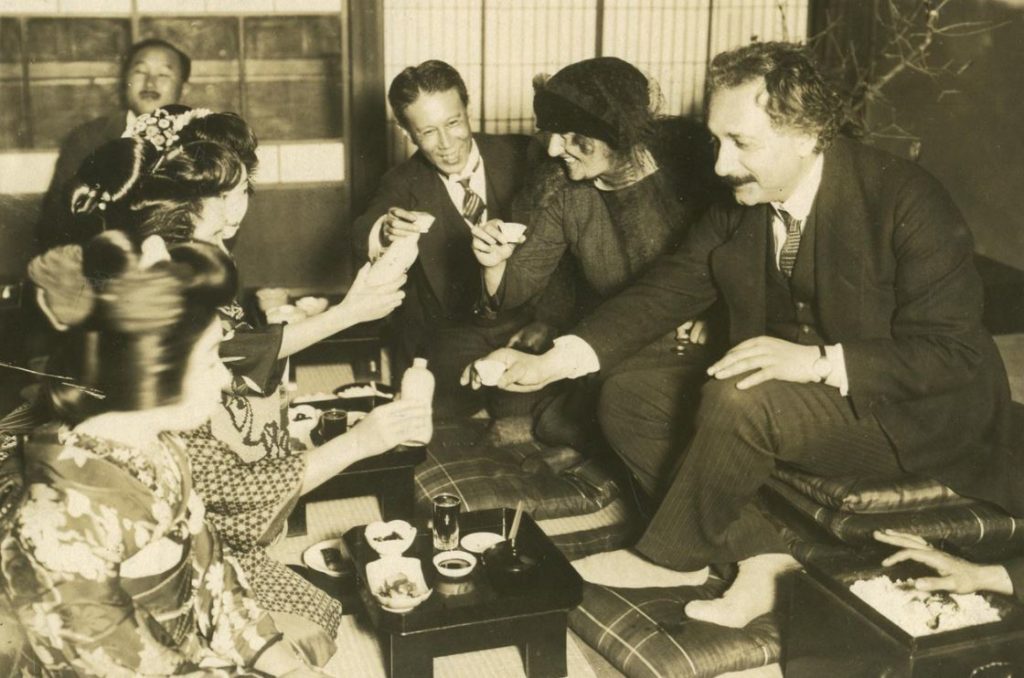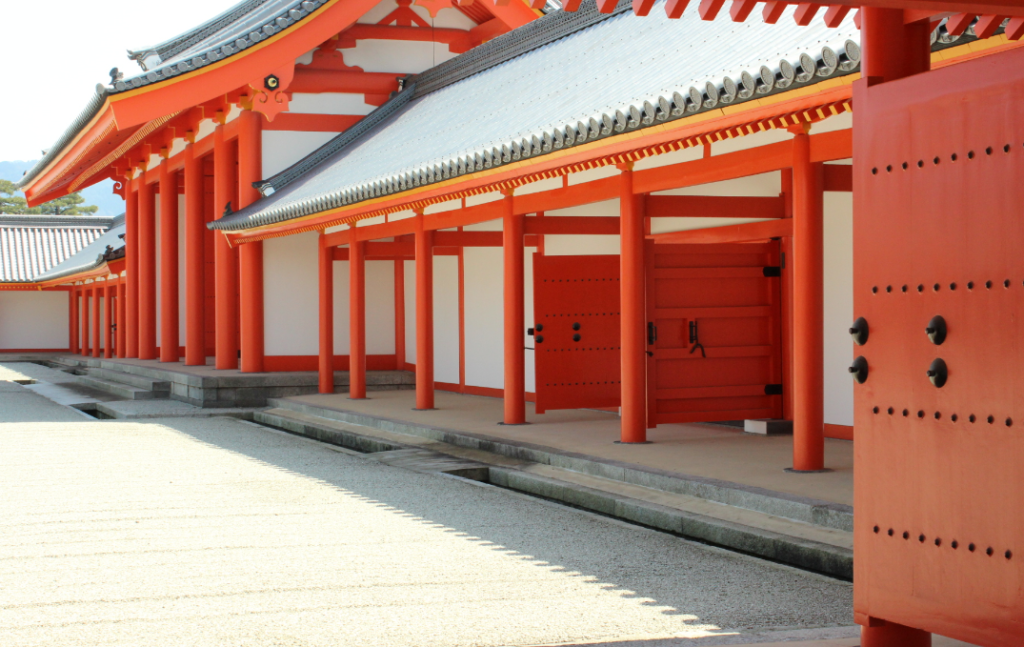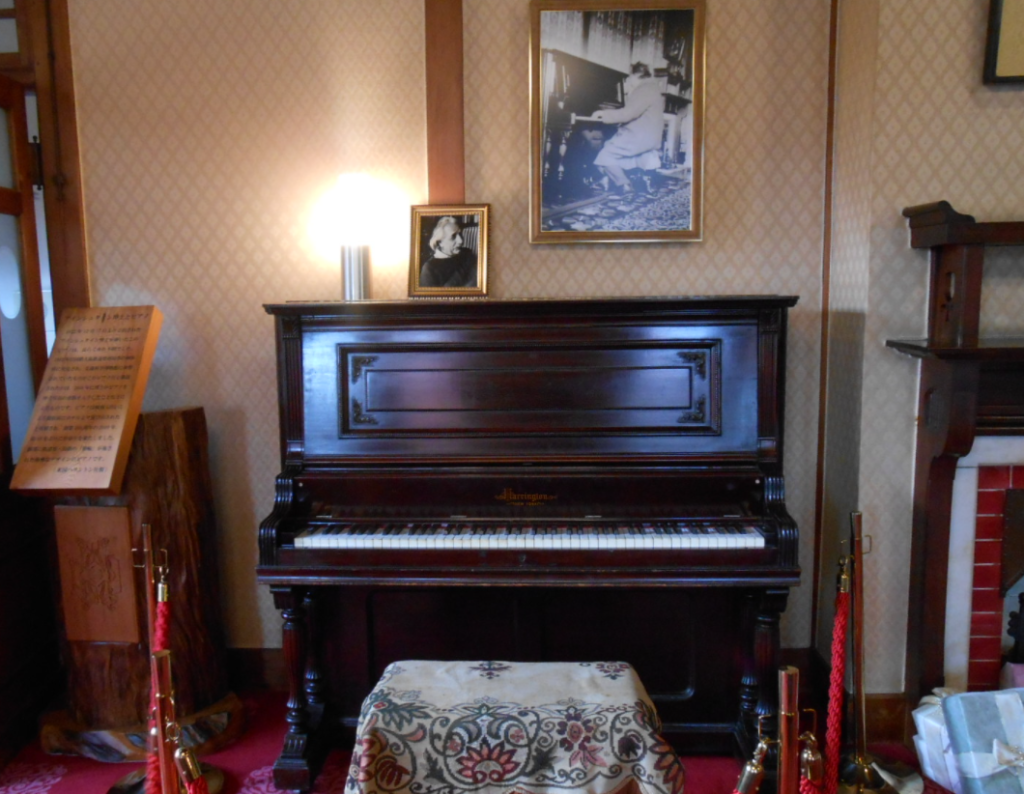Japan in Einstein’s Eyes
CONTENTS
By Masaomi Ise
Japan has a lot of old sayings such as “Bushi wa kuwanedo takayoji (samurai are people who conspicuously use a toothpick even when they have not eaten)” that describes the samurai’s way of life in which they put honor and pride above everything else, and “Boro wa kitetemo kokoro wa nishiki (rags on the outside, brocade within)” that indicates the importance of keeping one’s spirit high even if living in poverty. In Japan, in addition, “honorable poverty” has been respected by people from every walk of life. Through the respect for “honorable poverty,” the people have learned that, even if they have enough money or property, they must discipline themselves not to waste money or merely seek pleasure or convenience. These are the values and ways of life that the Japanese people have cultivated during their long history. These Japanese values seem to be at the opposite end of the scale from, for example, the Jewish proverb “All spots can be removed with a little gold” though the difference between their racial and historical backgrounds must be considered.
Nevertheless, even the Japanese people can grow arrogant from enjoying prosperity for a long period. Recently, an increasing number of people are blowing the whistle against such a mood. This new trend has been spreading among younger generations rather than older ones. Some people may regard this as a revival of the dangerous prewar thoughts while others think of it as restoration of the samurai spirit. There must be many different views about this trend at home and abroad. Nearly 85 years ago, however, there was a person who had already been concerned about Japan’s present day conditions. That person was Dr. Albert Einstein. Now, let us travel back in time to the days when he visited Japan for the first time.
In November 17, 1922, the Nippon Yusen liner Kitanomaru carrying Einstein was approaching the Port of Kobe through the Seto Inland Sea. It had been over a month after the ship had left the Port of Marseille in France. Einstein described his impression about the Seto Inland Sea as follows:
“My curiosity reached its peak when I saw countless numbers of beautiful green islands shining in the morning sun while the Kitanomaru sailed through a channel of Japan.”
It was not only the scenery but also the Japanese passengers of the ship that impressed Einstein.
“Many delicate ladies whom I had never seen about before breakfast time were walking around on the deck blithely and happily at six o’clock in the morning, without minding the chilly morning wind, just to see their home land as soon as possible. I was deeply moved to see how much they had been looking forward to going back home.”
This was the beginning of Einstein’s stay in Japan that extended over 40 days.
Japan as the land of mystery

Alberto and his wife Elsa receiving hospitality in Japan (around November-December 1922)
The reason behind Einstein’s visit to Japan was an invitation from a person named Sanehiko Yamamoto. “When I received Yamamoto’s invitation to Japan, I immediately decided to make a long trip that might take several months. I thought, if I let the chance of seeing Japan by my own eyes pass by, I would live to regret it. I had never been more envied than in the moment when the people around me found out that I was invited to Japan. It was because Japan was, for us, a country veiled in the haze of mystery like no other.”
A little while before that, Lafcadio Hearn had written books interpreting Japan to westerners with deep affection. Einstein had read some of those books and had expectations about Japan. After arriving in Japan, Einstein wrote to his friend:
“Delicate, elegant people and art. The Japanese people are more mysterious than I imagined through Hearn’s books. They are also caring and not at all affected.”
Europe at that time was in ruins immediately after the end of World War I. There were probably a lot of European people who were feeling an impasse in their modern Western civilization. On the other hand, Japan was still “a country veiled in the haze of mystery” for them.
Impressed about the enthusiastic welcome

Mt. Fuji seen from the train from Kyoto to Tokyo in the early 20th century.
After arriving in Kobe on November 17, Einstein spent the night in Kyoto and headed for Tokyo the next day. From nine o’clock in the morning to seven in the evening, he enjoyed the train ride to Tokyo under a cloudless sky. He passed by the sparkling blue sea and harbors. Mt. Fuji capped with snow came up on his left. The sunset on Mt. Fuji was as beautiful as could be. The silhouettes of forests and hills were fantastic. Villages were serene and peaceful and schools were clean. Fields had been plowed and prepared neatly.
As soon as he arrived in Tokyo, Einstein was surrounded by a crowd of people and completely blinded by a flood of flashlights. The Osaka Mainichi newspaper on the following day reported this scene, with a large picture, as follows:
People Screaming at Tokyo Station – Einstein banzai! The mass of people rushing toward Dr. Einstein threw Tokyo station into chaos. The Germans who were at the station to meet and welcome the professor were thrilled to see the enthusiasm of the Japanese people. Some of them were holding back tears in their eyes.
About this ardent welcome, Einstein later said, “That was the most enthusiastic welcome I have ever received in my life. Indeed, I was very much welcomed also in the United States when I visited there. In Japan, however, I felt the people’s genuine, unaffected sincerity more keenly than in any other country. I assumed it was because the Japanese people respected science. I was delighted and felt extremely happy.”
Six-hour Long Lecture

Now defunct lecture hall at Keio Univ. where Einstein gave a lecture.
On November 19, Einstein gave a six-hour lecture at Keio University defying the fatigue from the long journey. The Yomiuri newspaper reported:
Audience Intoxicated by Six-Hour Lecture – Einstein gave his first lecture in Japan “Overview of Special and General Relativity” at Keio University. The professor began the lecture at 1:30 p.m., took an hour long break after speaking for three hours, and continued until he concluded it at 7:30 p.m. During this long lecture, none of the 2,000 spectators left their seats. Instead, they hung onto every word of Einstein and translator Jun Ishihara silently and earnestly.
It is said that the entire audience was completely fascinated and enraptured by Einstein’s melodious voice regardless of whether they could understand the difficult theory.
Following this lecture, Einstein delivered a six-part series of honor lectures at Tokyo University and general lectures in the cities of Tokyo, Sendai, Kyoto, Osaka, Kobe and Hakata. Every venue was packed with more than 1,000 spectators who listened to the lecture in rapt attention. Nevertheless, it is hard to believe that this many ordinary people really understood the theory of relativity no matter how simply Einstein explained it. What was behind the people’s enthusiastic welcome at Tokyo station and eagerness at the lectures?
Respect and Adoration

Kyoto Imperial Palace
On December 10, Einstein who was back in Kyoto visited the Kyoto Imperial Palace after giving a lecture. He described his impression of the palace as “It was the most beautiful building I have ever seen.”
From the courtyard, he could see the main hall with the Emperor’s Chair where the enthronement ceremonies used to be held. There were about 30 portraits of Chinese people displayed in the hall. The portraits were displayed as a token of the Japanese people’s appreciation and respect for the Chinese who had brought their culture to Japan.
The Japanese have still retained such an attitude toward foreigners. For example, it is impressive how respectful those Japanese people who once studied in Germany have been toward the German scientists. Even a temple was constructed to commemorate the German bacteriologist Koch. The Japanese appreciate other people sincerely without sarcasm or doubt. This is one of the characteristics of the Japanese people. There might not be many other people in the world who have such pure sincerity as that of the Japanese.
In the development of its economic and military powers, Japan owed a lot to the science and technology of the Western countries. On the other hand, Japan needed the science and technology also to perform its national task of protecting the independence and freedom of Japan itself and many other nations from the Western countries that were trying to colonize the world. The Japanese people at that time thus had complicated feelings about Western science and technology. And Einstein was the best embodiment of Western science.
Behind the Smile
After Japan had abandoned its isolation policy to resume overseas trade in 1868, it had been sending a great number of students to Europe to learn Western science. Before visiting Japan, Einstein had met those Japanese students and gotten an impression about the Japanese people like this: “We see many Japanese people who live a quiet life, study eagerly and always give us a friendly smile. Though none of us can look into the feelings hidden behind their smiles, we can imagine that they have a soul quite different from ours.”
While staying in Japan, Einstein met a lot of Japanese people between the lectures and sightseeing, which included the best Japanese scientists such as Hantaro Nagaoka and Shibasaburo Kitazato as well as students and journalists. He even visited some homes of ordinary people. He then realized what “the feelings hidden behind the Japanese smiles” were: “In Germany, no one doubts that the purpose of education is intended to prepare people for the struggle for survival as individuals. Especially in the cities, people lean toward rampant individualism and are involved in ruthless competitions and fierce battles to get as much luxury and pleasure as possible.”
World War I that is said to have killed more than 19 million people for the purpose of colonizing the world was the result of such fierce battles.
On the other hand, Japan looked utterly different to his eyes. “There is a reason why the tight relationship between individuals is easier in Japan than our country. It seems one of the common features of the Japanese is that they do not express their feelings or emotions but remain calm and reserved under any and all circumstances. They do so in order to maintain good personal relationships. This is the reason why they can live under one roof, even together with somebody whom they do not really like, without having painful frictions and conflicts. Here lies the deep meaning of the Japanese smiles which have always puzzled the Europeans. It is due to their delicacy that they contain their feelings. It is also derived from their strong compassion for other people.”
Closely United Man and Nature
Because the Japanese people do not express their feelings, Einstein could not look deep into the soul of the Japanese while he stayed in Japan.
“However, the lack of direct interactions with the Japanese people was supplemented by the impressions of their arts. The rich and diverse Japanese arts were more impressive to me than those of any other country. By ‘arts’ here, I mean everything which humans have created with their hands. In this regard, I cannot get over the wonder of the Japanese arts. In Japan, man and nature appear to be united in perfect harmony… Everything that comes from this country is charming, bright, and tightly connected with what nature gives us.
“Charming are the landscapes with little green islands and hills, the trees, the small parcels of lands carefully divided and the fields thoroughly prepared, in particular the small houses standing on the lands, and finally the people, their language, movements, clothes, with all the furniture and tools they use…Each small thing has a meaning and role. In addition, I was totally fascinated by the elegant people’s picturesque smiles and how they bow and sit, which seemed impossible to imitate.”
Einstein’s Warning

The piano at Nara Hotel once Einstein used while staying there.
The policy of increasing wealth and military strength that Japan launched 150 years ago eventually lead it into the power struggle waged by the Western countries. Japan had no other choice in order to maintain its freedom and independence as a nation. However, the militant world view was incompatible with the traditional Japanese view typified by the phrase “Wa o motte toutoshi to nasu (harmony is to be highly valued).” In addition, Japan eagerly learned Western science and technology aiming to become a wealthy nation with a strong army. At the bottom of Western science and technology, however, there was an attitude of analyzing and using nature as a target of conquest. It was quite different from the traditional Japanese way of life in which they had lived in harmony with nature. The Japanese people’s attitude of admiring Western science was thus different from the traditional Japanese way of life which Einstein acclaimed. About this contradiction, Einstein warned as follows:
“It is true that the Japanese people admire the intellectual achievements by westerners and have thrown themselves into the pursuit of science under the banner of success and great idealism. I wish, however, that they do not lose or forget their virtues, which they have kept from long before they met the Western world, such as their artistic sense and ability exercised in their everyday life, the simplicity and modesty expected for individuals, and the pure and calm Japanese soul.”
The development of science and technology makes our lives more convenient. At the same time, however, it also puts us at risk of using nuclear weapons and destroying the global environment. It seems to me that, for the earth and human race to survive, the world now needs the traditional Japanese view of life that places importance on harmony among people and between people and nature, which Einstein admired. More than anyone else, the Japanese themselves will have to regain their traditional way of life.
- Categories
- About Japanese companies and Japanese business people, News, and 未分類
- Tags
- Einstein in Japan


